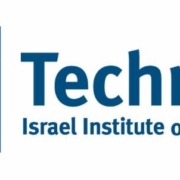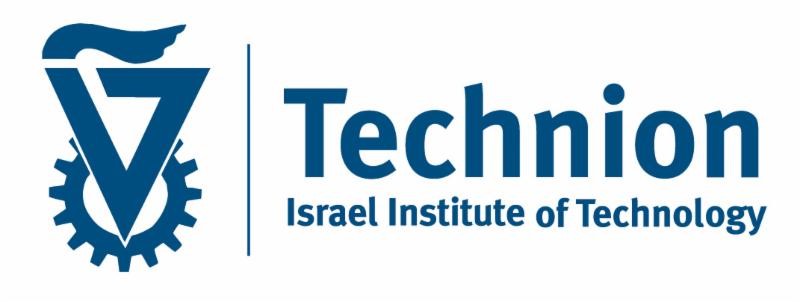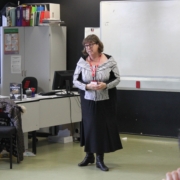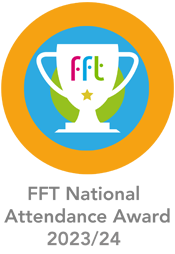SCIENCE – “Cancer Sniffing” – 6 March 2018
On Monday 6th March a group of year 12 biology and chemistry students had the privilege of attending the annual Ron Arad Lecture, about Technion’s Integrated Cancer Centre. Hossam Haick, a Technion Professor spoke to us about the new device he has created. Haick has been selected as one of the World’s Top 35 young Scientists, and last year he was named one of the 10 Most Promising Young Israeli Scientists.
Haick had the idea of creating a device where it could ‘sniff’ out disease. This device is now called the ‘Electric Nose’. It is able to sniff 17 types of disease. The Professor told us that centuries ago there was a philosopher named Hippocrates who smelt urine and body odour to detect a disease. Furthermore, in the 18th century a French chemist named Antoine Lavoisier could smell a disease, which is now known as diabetes. Haick used this basis to find ways to detect disease in a non-invasive way. The professor’s team took 8000 breath samples from 5 countries- Israel, USA, Latvia, China and the UK. Using mass spectrometry, the ‘Electronic Nose’ could identify if the breath contained volatile compounds released by cancer cells.
At first, Professor Hossam Haick was not successful, only getting 50% accuracy from a device made in 2009. It took him 11 months to realise that all humans are different, and all diseases have unique fingerprints with different stages of the disease. The device was then adapted and can now distinguish between malignant and benign tumours with 88% accuracy. Also, it can distinguish the stages of cancer with 88% accuracy.
The Professor truly believed that his device, he created should be for everyone, not just for first world countries. Haick carefully considered how every single feature of his device was made so it would be affordable, fast, portable, non-invasive and for the device not to require an expert to operate it. The SNIFF phone was created where the phone is connected to a portable USB port and you breathe into the device. The device then analyses the breath and if there was a problem, your results would be sent to a doctor immediately. This device had a 94% accuracy for a sample group of 170 people. In addition, another device Haick’s team created is a 2 μm thick patch on the skin, which stays on the body for about 6 months. The disease with the volatile compounds would go onto the patch on the skin and then the disease can be detected. Another ingenious way of detecting cancer can be done with ‘smart ink’. The ink is conductive so all you have to do is breathe on the ink and it can be sensed by a computer to check if you had a certain disease. Haick told us that this ink costs under a dollar and that as a doctor he believes all lives have equal values.
Scott Leigh (year 12)





















